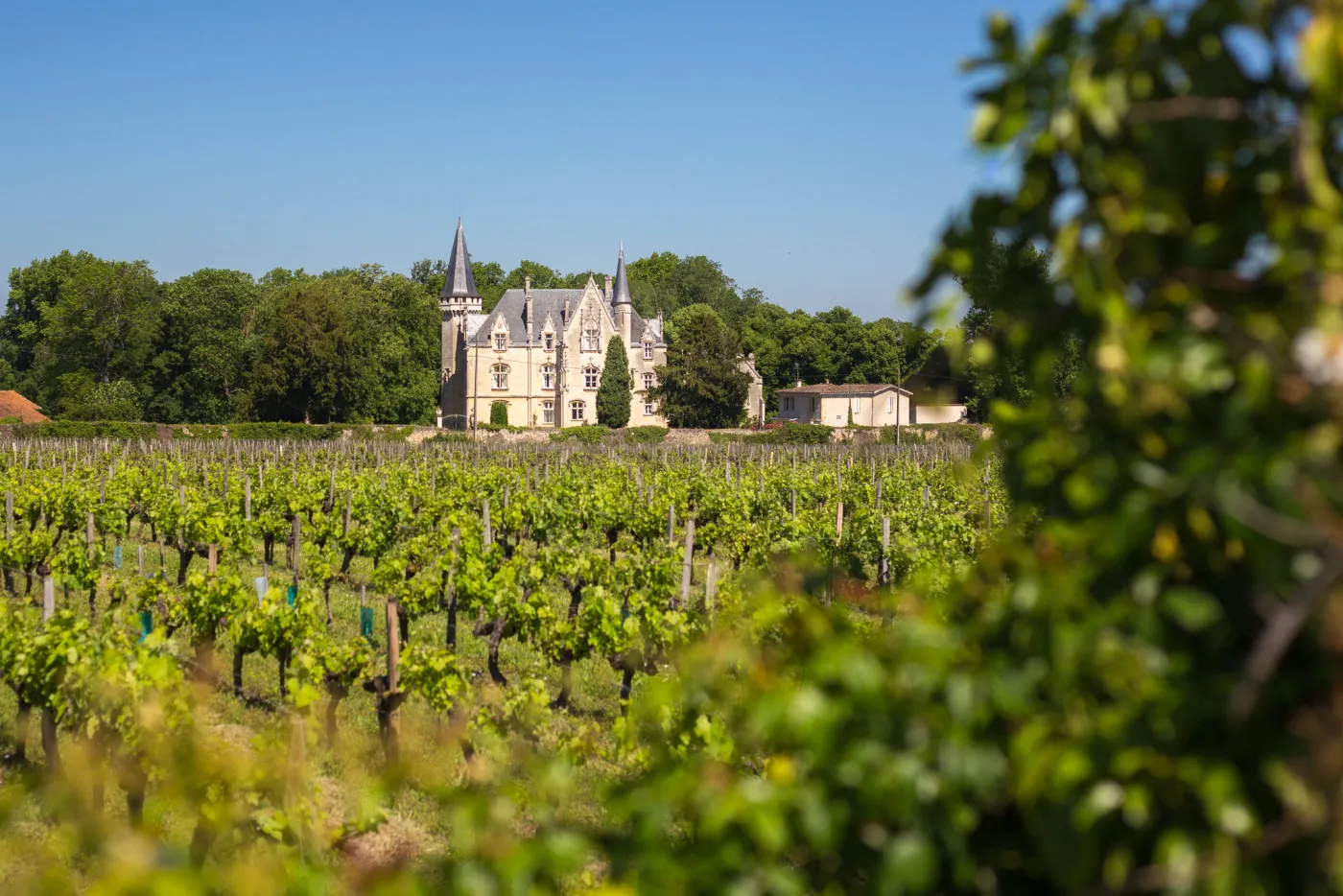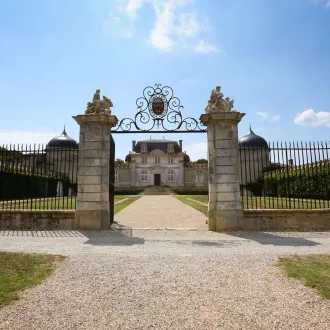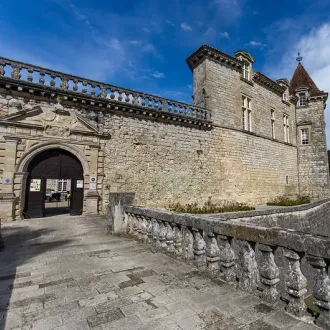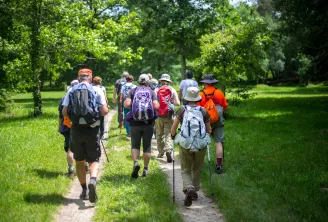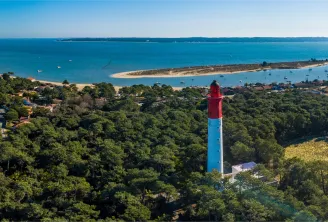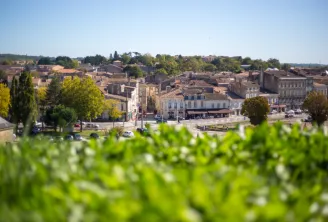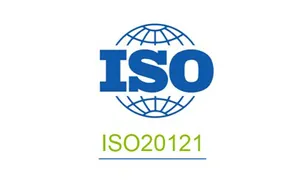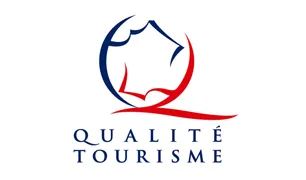Bordeaux and its surroundings offer a remarkable diversity of landscapes. Here, nature dominates over humans while simultaneously putting them at ease and getting them back in touch with their humanity.

Blaye, Vauban's citadel
50 minutes from Bordeaux, the citadel of Blaye overlooks the Gironde estuary. Listed by UNESCO, this Vauban fortress blends heritage, nature and vineyards for an unmissable getaway in Nouvelle-Aquitaine.
The citadel of Blaye: a strategic masterpiece of the XVIIᵉ century
The citadel of Blaye is an imposing fortified complex built between 1685 and 1689 by engineer François Ferry, under the supervision of Vauban. It dominates the Gironde estuary and embodies one of the major elements of the estuary lock composed of the citadel, Fort Paté and Fort Médoc. Listed as a UNESCO World Heritage Site in 2008, it covers some 38 hectares and features a network of walls, bastions, half-moons and moats typical of Vauban military architecture.
Historical architecture and immersive discovery of the citadel
The citadel incorporates several earlier medieval elements, such as the château des Rudel (XIIᵉ century), the porte de Liverneuf (XIIIᵉ century) or the tour de l'Éguillette (XIVᵉ-XVᵉ centuries). Inside, there's a real barracks organized around a parade ground, a former Minimes convent, a history and archaeology museum, as well as barracks and a powder magazine.
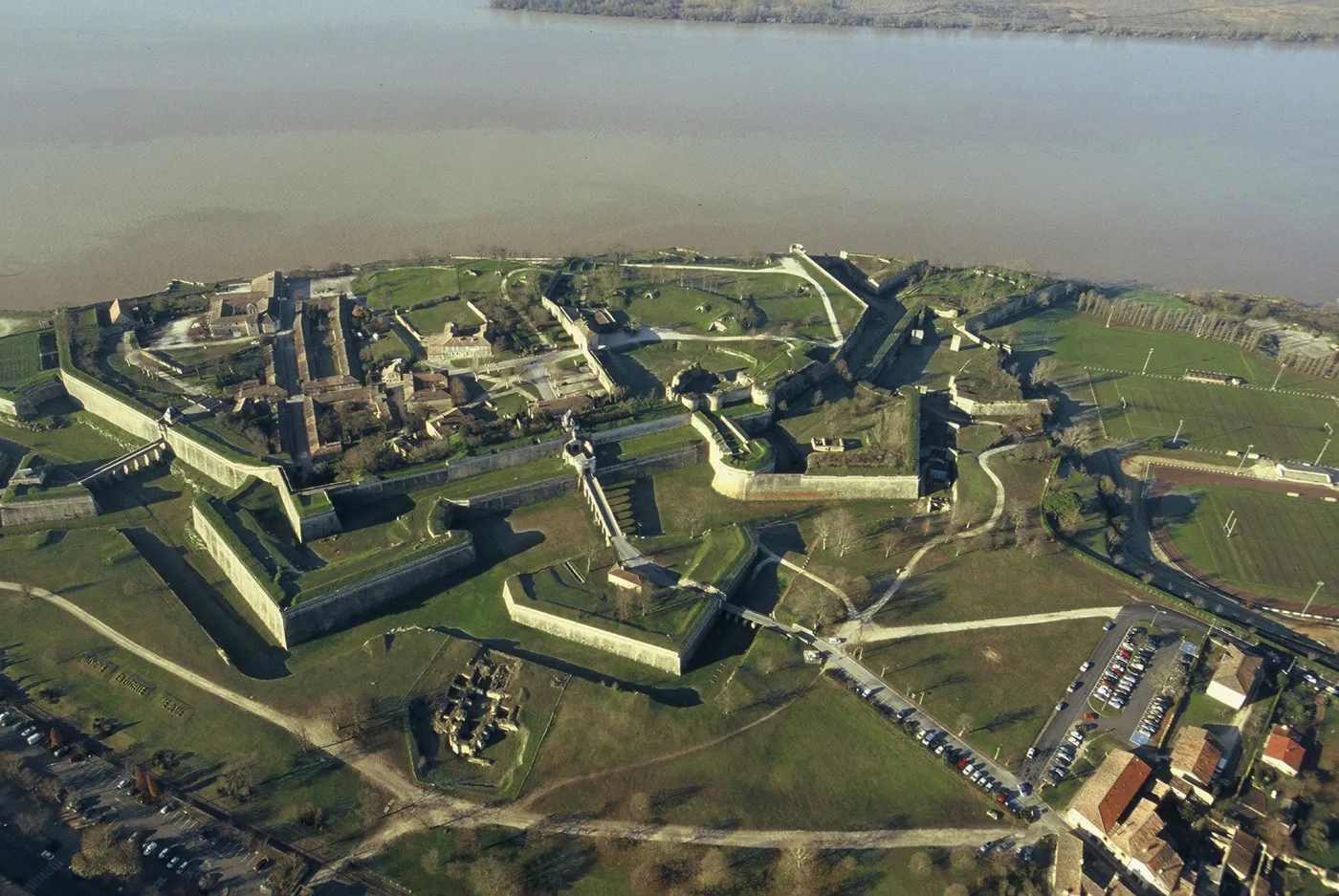
The estuary lock: a three-fortress strategy
The Blaye citadel was part of a defensive ensemble called theestuary lock, designed to prevent any enemy from sailing up the Gironde to Bordeaux. This ingenious device was based on a military triangle:
- The Blaye citadel on the right bank
- The Médoc fort on the left bank
- The Paté fort, built on an island right in the center of the river
These three forts faced each other and could cross fire, creating an impassable military barrage to enemy shipping.
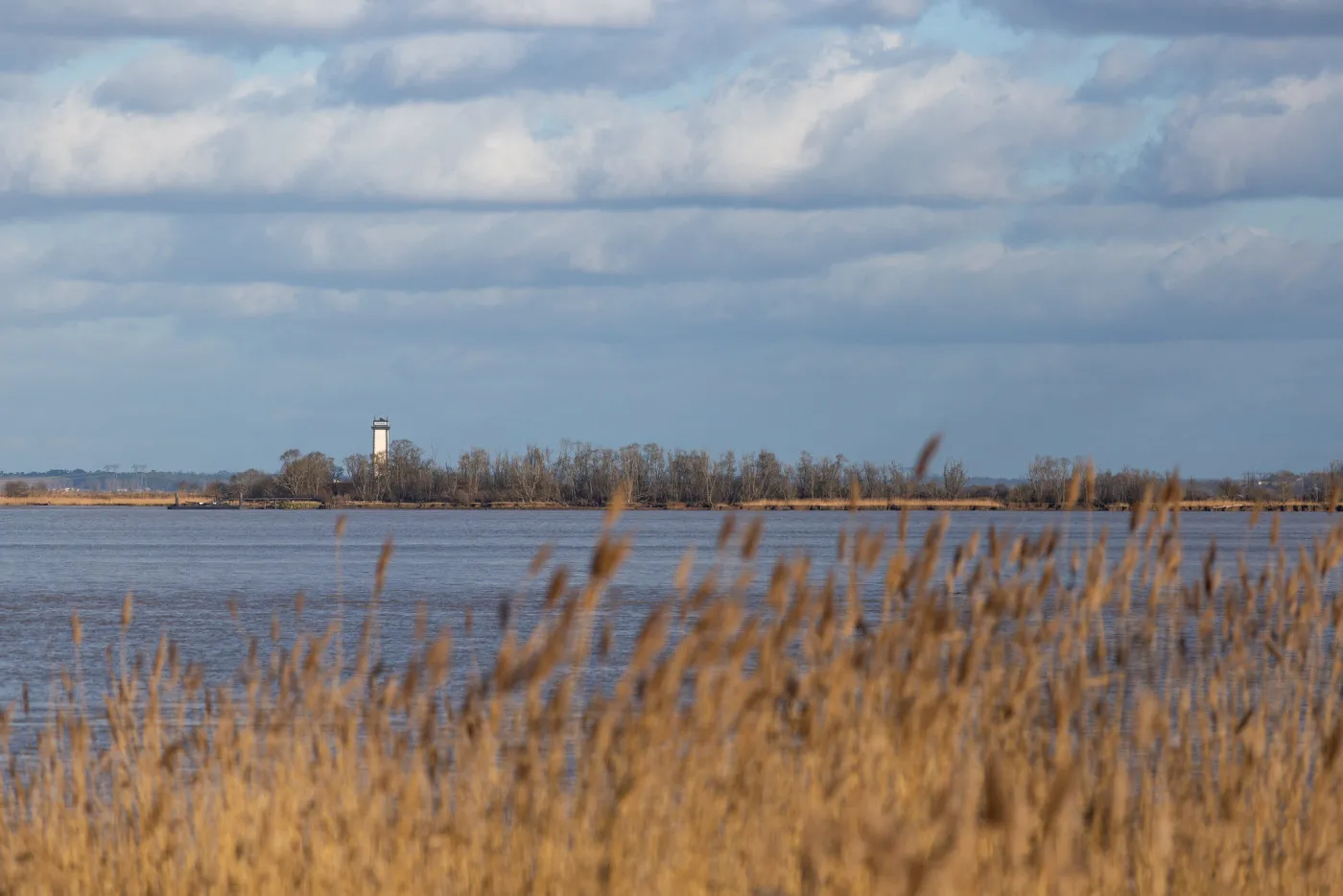
Bordeaux surroundings

Around Blaye, between natural and prehistoric heritage
The Corniche road: a panorama between cliffs and estuary
Leaving Blaye on the D669 towards Bourg-sur-Gironde, visitors can take the famous Corniche road, one of the most picturesque in Gironde. This little road winds over nearly 10 kilometers between limestone cliffs, dry stone walls and the estuary. What's more, it passes through the troglodytic villages of Plassac and Mombrier, offering spectacular views of the fishing huts and the silvery waters of the Gironde. Finally, not far away, don't hesitate to take a trip to Patiras Island, one of the must-sees around Bordeaux.
The Pair-non-Pair cave: a major prehistoric site
A few minutes from Blaye, the Pair-non-Pair cave, located in Prignac-et-Marcamps, is one of the oldest decorated sanctuaries in the world that can still be visited. Discovered in 1881, it is home to rock engravings dating back over 30,000 years! Listed as a historic monument, the cave offers an intimate tour in small groups, allowing visitors to explore a fascinating page of Prehistory directly linked to cave art.
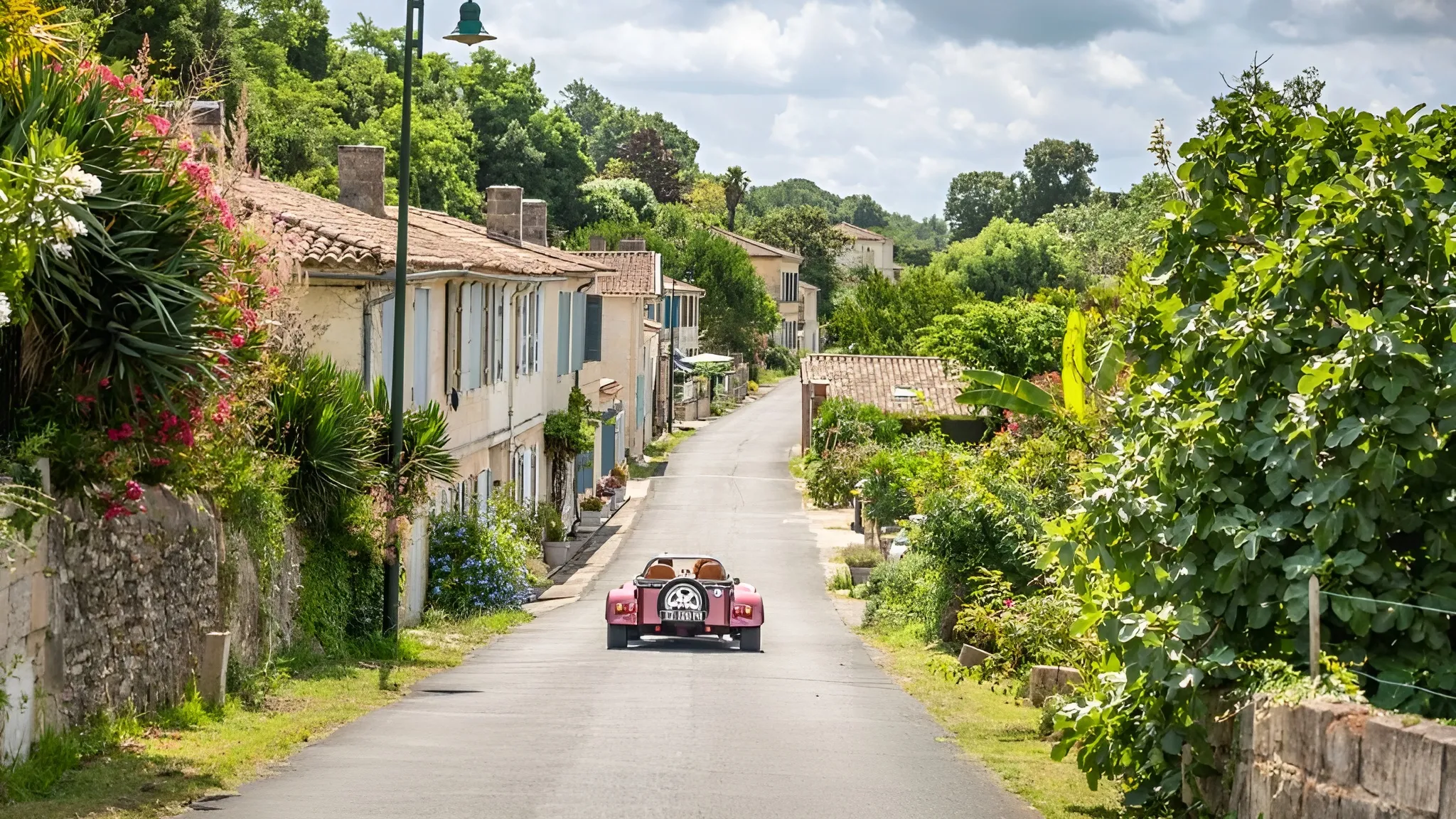
Côte de Blaye and local gastronomy
Blaye is also known for its vineyards, being one of the six wine-growing regions around Bordeaux. Three appellations overlap here. The most widespread, "Blaye - côte de Bordeaux", alternates between red and dry white. Then there's the "Côte de Blaye", a dry white grown on just one hectare. And finally the "Blaye" appellation, reserved for reds grown by fifteen châteaux on just 37 hectares. A diversity of names that also echoes a great diversity of soils.
Events and experiences around the citadel
The citadel and its surroundings host several major events throughout the year:
- Le Printemps des Vins de Blaye (April): meetings with Blaye Côtes de Bordeaux appellation winemakers, tastings and entertainment in the heart of the ramparts.
- Le Marathon des Vins de Blaye (May):a festive race through wine-growing landscapes, punctuated by gastronomic stops.
- Le Jumping International de Blaye (July): renowned equestrian competition in the natural setting of the citadel moats.
- The European Heritage Days (September): privileged access to areas usually closed to the public, entertainment for all.
